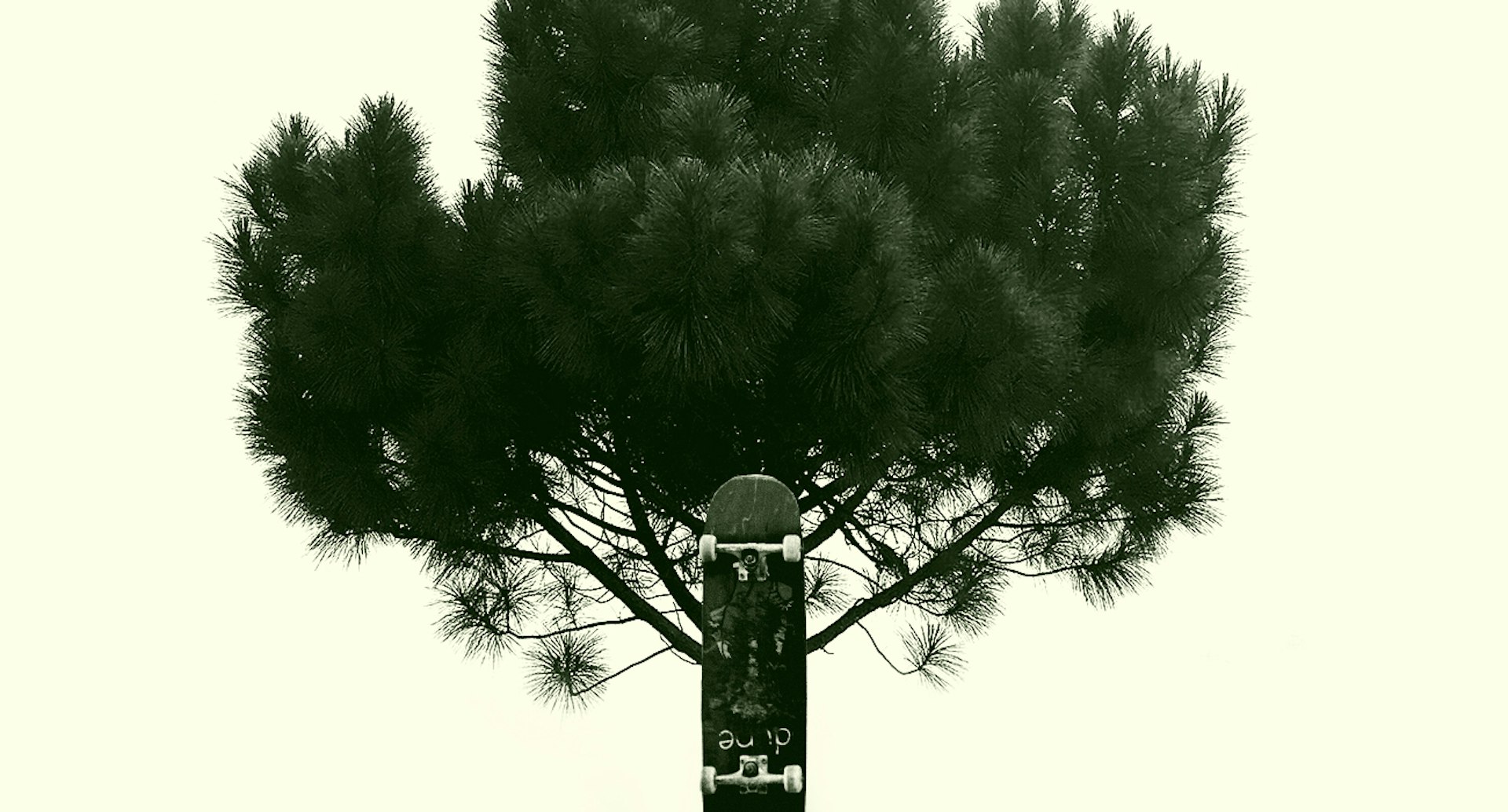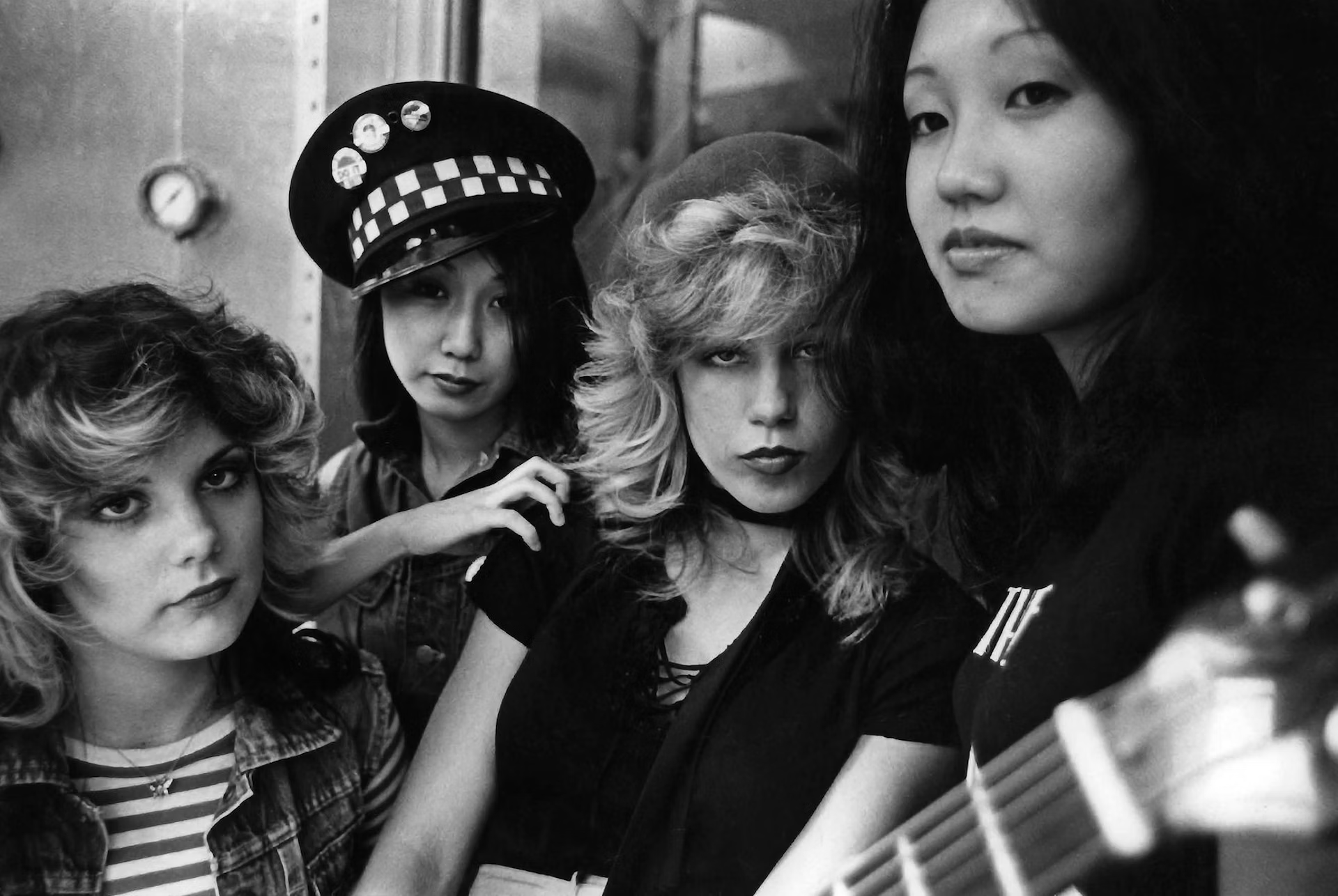
A revolutionary history of the women written out of punk
- Text by Miss Rosen
- Photography by Main image by Art Presson
As a high school student at the turn on the millennium, writer and musician Jen B. Larson got her first taste of punk listening to Liz Phair. Larson illegally downloaded Exile in Guyville and never looked back.
“I loved that she was honest and rude and raunchy and just not singing in key,” Larson tells me. “Her songs are still quite melodic and catchy but she wasn’t in any sort of box. I loved how messy she was.”
Intrigued, she began to delve beneath the slick packaging and industry plants in search of underground artists who were uninhibited, chaotic and bold — the perfect recipe for rock star. But for all the histories of punk, there was one thing largely missing: women.
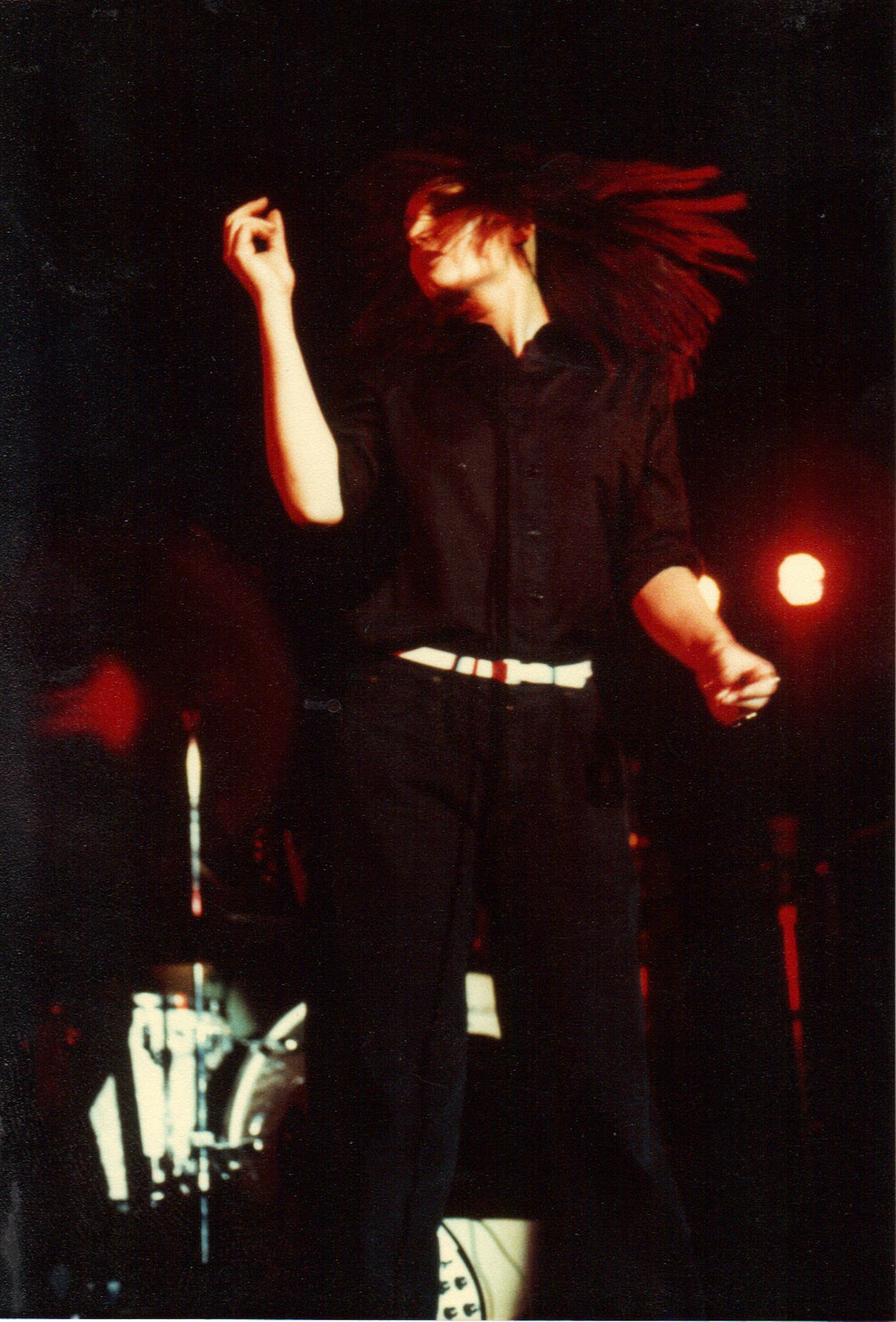
Jill Kossoris of the Shivvers. Photo: Robert Uecke.
For every Patti Smith, Debbie Harry, Joan Jett, Poison Ivy, and Poly Styrene who rose to fame, there were dozens of female bands going the DIY route, performing in the clubs and dreaming of record deals. Determined to find them, Larson set off to create Hit Girls: Women of Punk in the USA, 1975–1983 (Feral House), a captivating compendium of nearly 100 bands from across the United States that are either all-female or fronted by women.
In Hit Girls, Larson brings together underground icons like Jayne County, the Bags, Backstage Pass, Bitch, the Avengers, and Destroy All Monsters, providing an in-depth snapshot of these subversive sirens in their full glory. Organised by region, Larson takes her readers on a wild road trip, giving an inside view of punk history through the mind of a scholar and the heart of a fan.
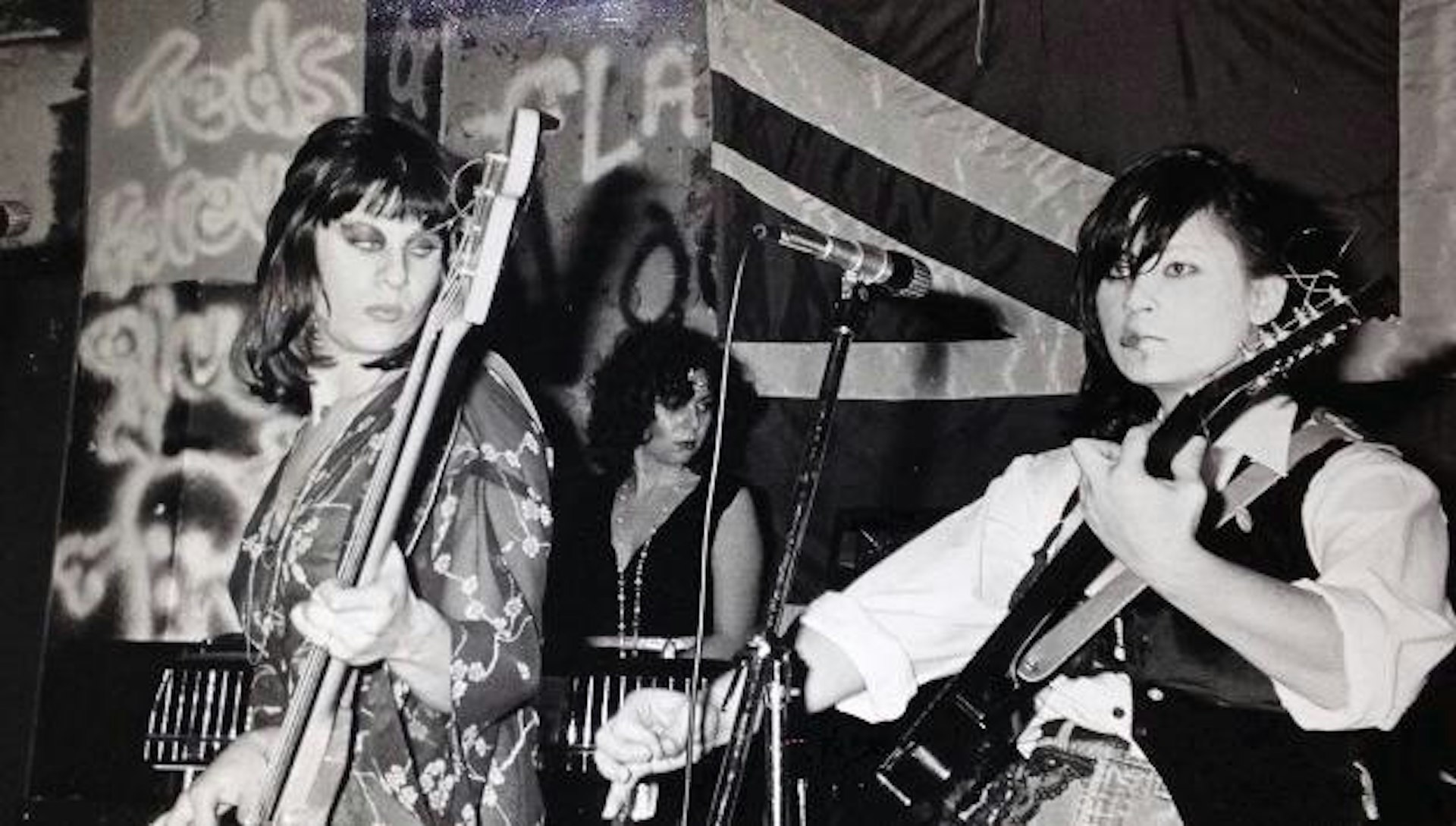
Spock, Marina, and Genny of Backstage Pass playing live. Photo: Donna Santisi.
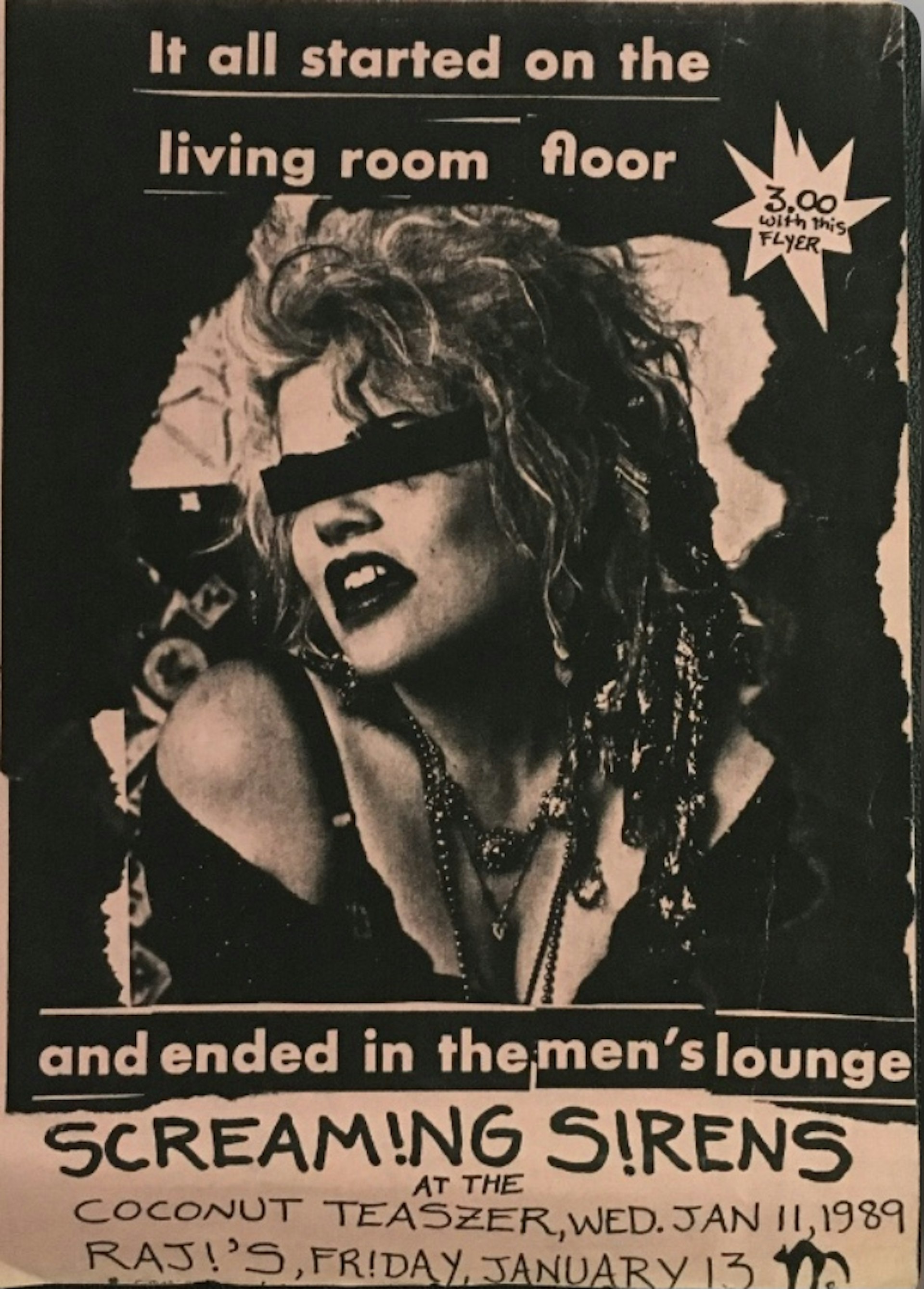
Flyer by Pleasant Gehman. Courtesy of Pleasant Gehman archives.
Whether interviewing artists like Alice Bag, Penelope Houston, and Nikki Corvette, or chronicling the adventures of Wendy O. Williams, whose fearless stunts brought police out in droves on charges of “public indecency,” Larson’s writing is a love letter to the revolutionary women who confronted sexism, racism, and ageism throughout their careers.
“These women were rejecting the expected trajectory of young women at the time: marry, have kids, serve your husband dinner every night,” Larson explains. “Instead they were engaging with counterculture in a way where they were equal to, sometimes dominating, or at least challenging the guys they worked with.”
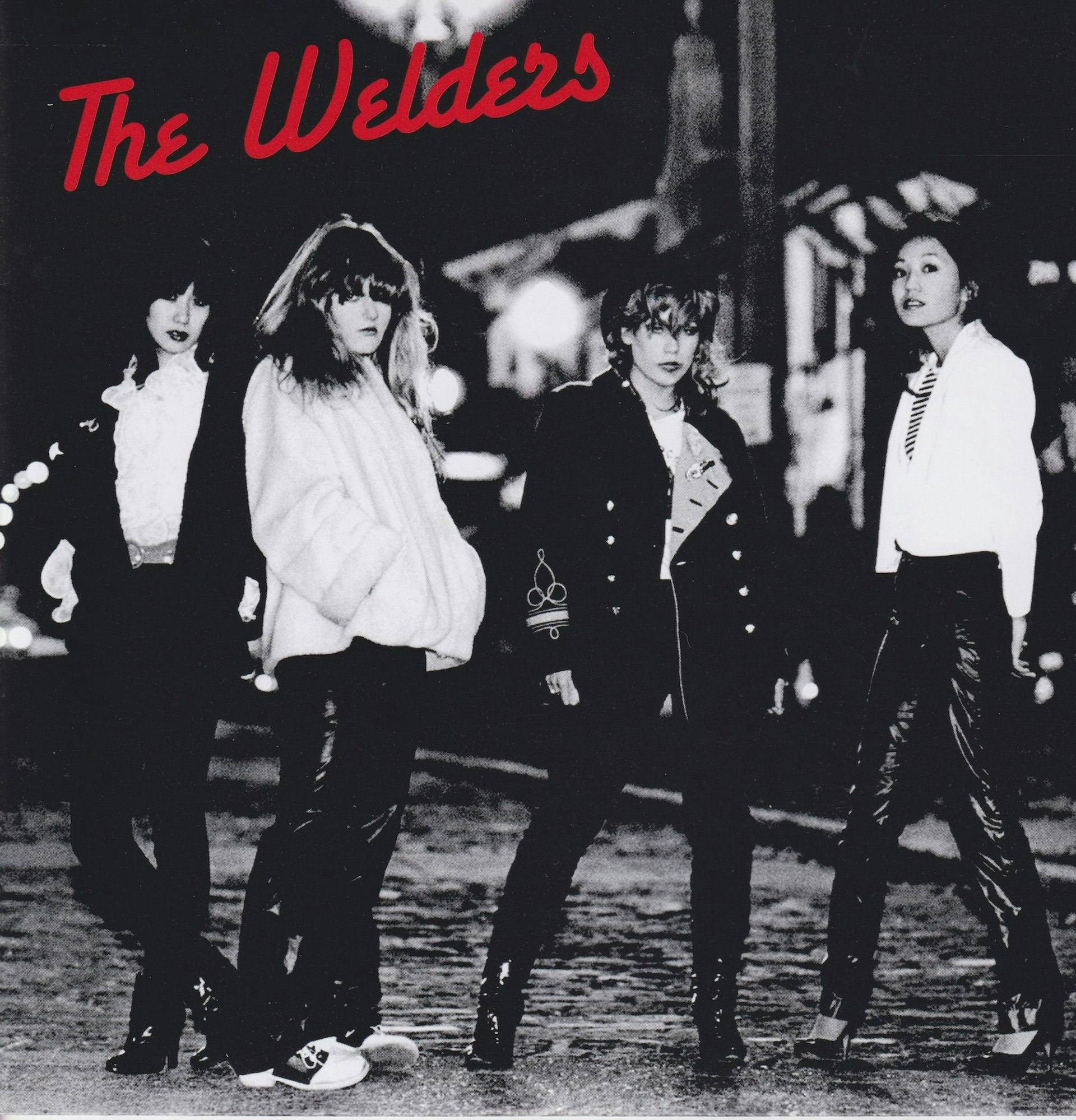
Cover of the Welders’ self-titled 12-inch.
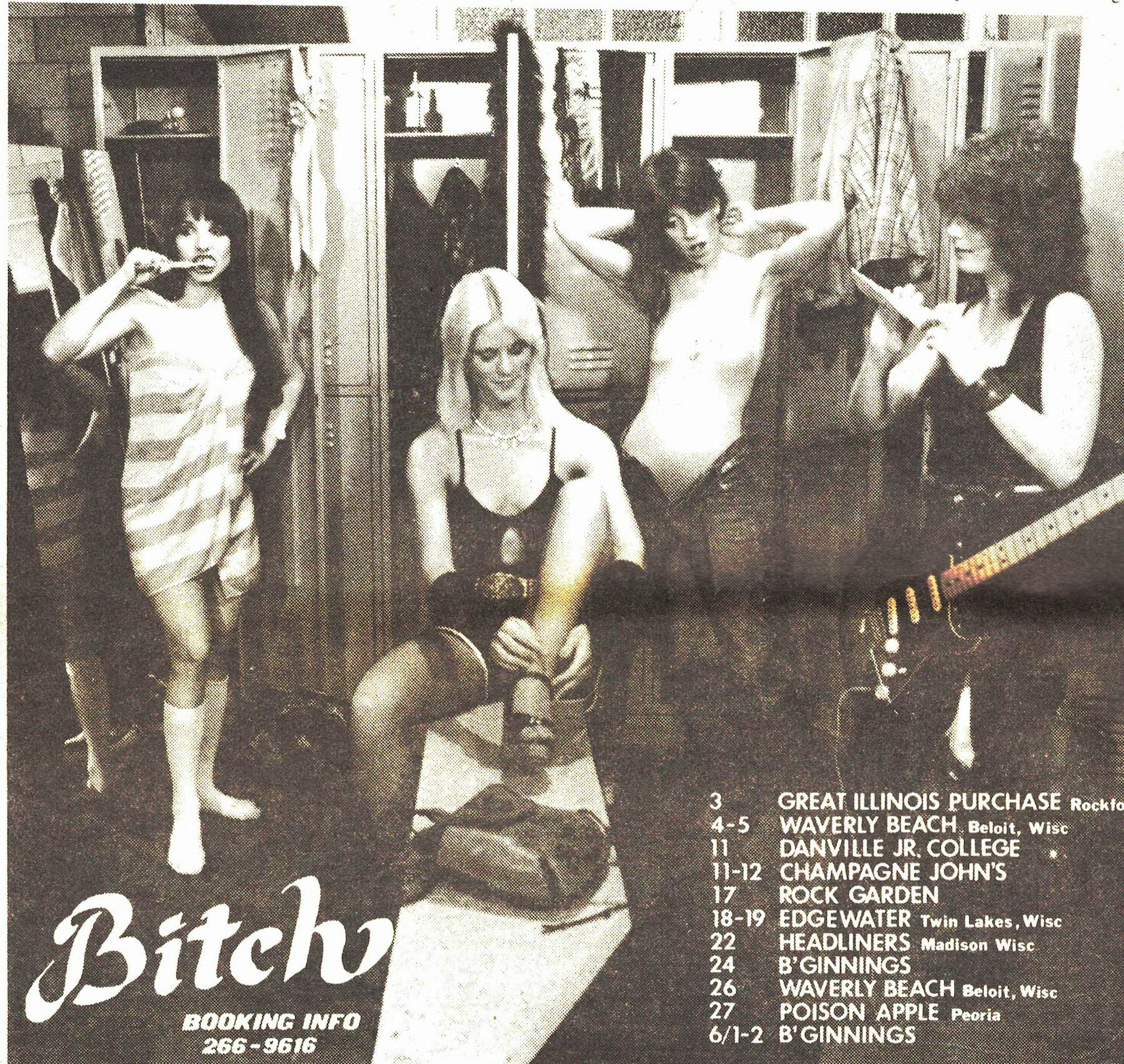
Bitch in a locker room. An advertisement for booking, published in the Illinois Entertainer in May 1979. Courtesy of Illinois Music Archives.
On a mission to honour their lives and legacies, Larson sought to add to the history, help solidify the lore, and bring these unsung artists into the spotlight decades after they got their start.
“It’s important to tell their stories because women are erased from all sorts of histories, and it was happening in punk, too,” says Larson, who created Hit Girls to right these wrongs and finally give these extraordinary local and regional artists their proper due.

Cover of Contractions’ “Rules and Regulations” / “You Touched Me” 7-inch, 1980.
“It’s about time!” Larson says. “People don’t live forever. It’s important to honour them now. Gathering the stories of living artists is essential to the documentation of history. The longer we wait, the more elusive truth becomes.”
Hit Girls: Women of Punk in the USA, 1975–1983 by Jen B. Larson is out now via Feral House.
Enjoyed this article? Like Huck on Facebook or follow us on Twitter.
